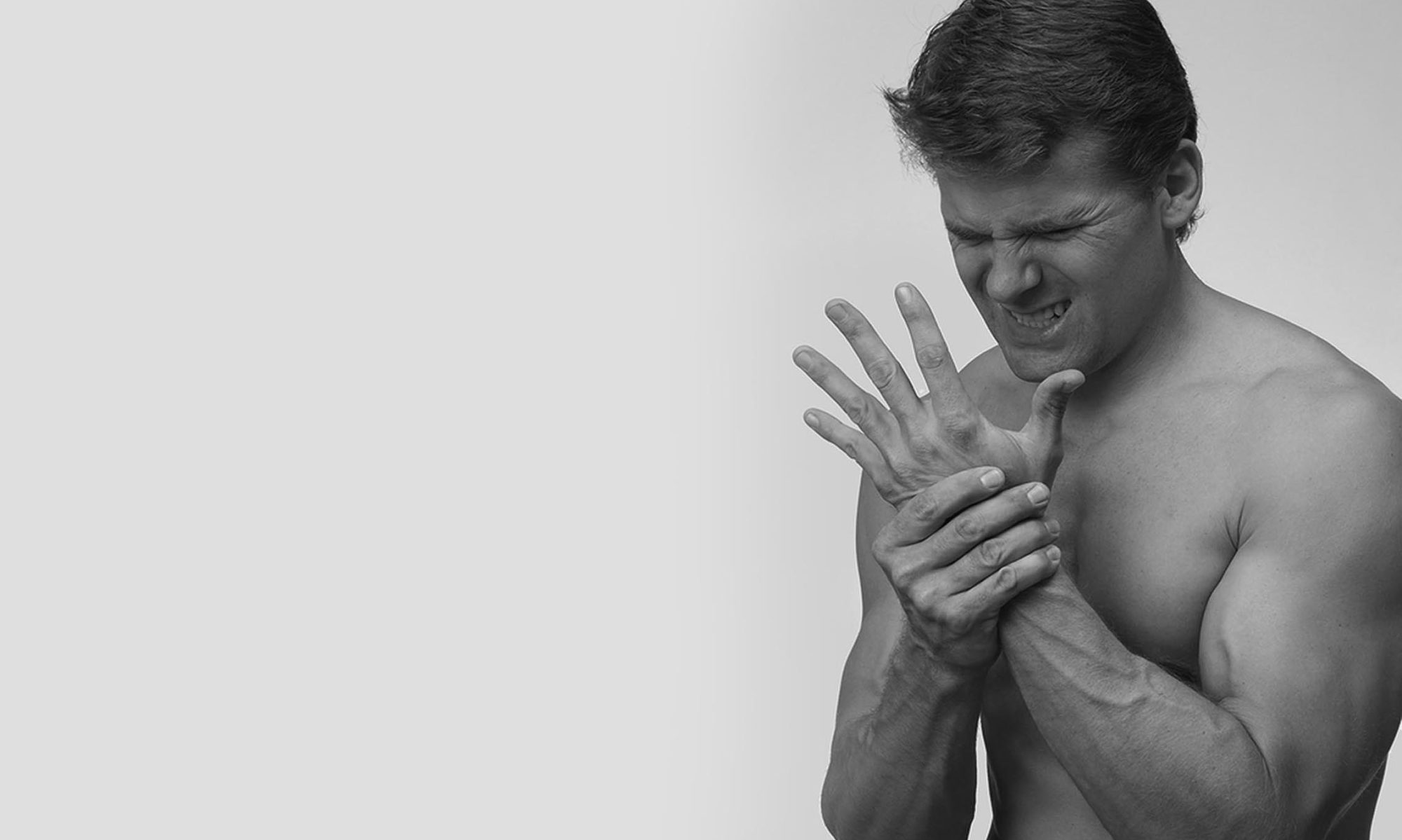I’ve been getting some questions about De Quervain’s Syndrome lately, so I thought I’d answer a few of them here.
First, De Quervain’s Syndrome is neither tendonitis nor tendonosis. That’s right: there are still more kinds of tendon pain. In this case, what you’re looking at is something called paratenonitis.
Tendons are covered with sheaths, called the peritendon, and when you have problems with the peritendon, you get paratenonitis. Paratenonitis can occur by itself, or in conjunction with problems with the tendon inside, which makes things complicated when you try to diagnose it and/or cure it.
Since paratenonitis usually has a large component of inflammation, if you suffer from De Quervain’s Syndrome my first line of defense would be NSAIDs, ice, stretches and rest. If that doesn’t get rid of the pain within a week or two, then it’s likely that you’ve also got some tendonosis going on, and perhaps some actual degeneration of the peritendon as well. In that case, you might want to give the techniques in my book a try. Among the videos that come with the book is one that shows the exact exercise you should do to get rid of De Quervain’s.

